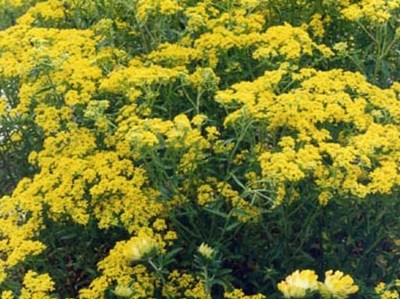Created on: Monday, Jan 25th, 2016
Alyssum corsicum is very similar to A. murale so the same PRE can be used for both. They are listed together in Oregon. Direct link to Oregon WRA: http://www.oregon.gov/ODA/shared/Documents/Publications/Weeds/PlantPestRiskAssessmentAlyssum.pdf
Strawn 2013 modeled suitable area for Alyssum in part of southern Oregon and a small part of northern California. Her results showed that northern California is not suitable. Strawn, K. 2013. Unearthing the habitat of a hyperaccumulator: case study of the invasive plant yellowtuft (Alyssum; Brassicaceae) in Southwest Oregon, USA. Management of Biological Invasions. 4(3): 249–259. doi: http://dx.doi.org/10.3391/mbi.2013.4.3.07
- < 13 : accept (low risk of invasiveness)
- 13 - 15 : evaluate further
- > 15 : reject (high risk of invasiveness)

